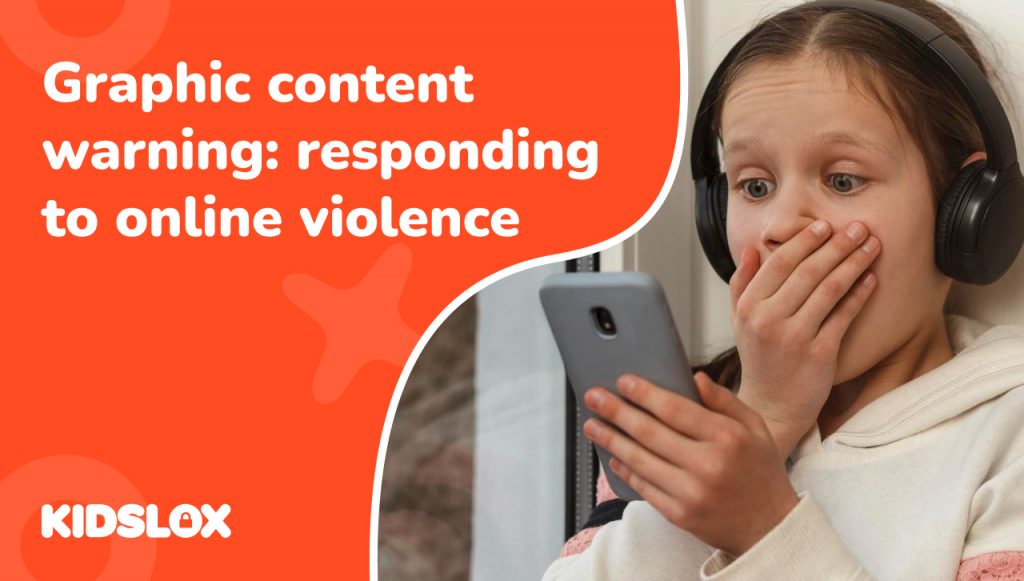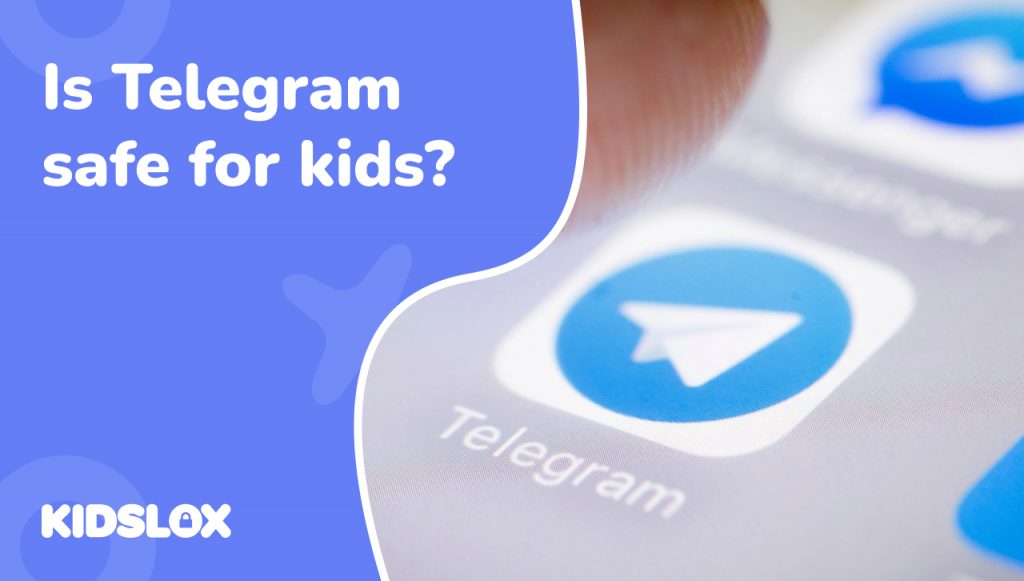Keeping kids safe online
From violent content in movies and TV shows to graphic videos of death circulating on social media, a rise in extremist content, the sheer volume of violent imagery online can overwhelm young minds. Recent research highlights a troubling increase in the availability of such content, often shared without appropriate warnings or context. This surge in accessibility is exacerbated by algorithms on platforms that inadvertently amplify sensational and graphic material.
Parents today face a daunting challenge: how to safeguard their children’s mental and emotional well-being in a world where harmful content is only a click away. By understanding the nature of graphic content, its impact on children, and implementing practical protective measures, parents can play a crucial role in creating a safer digital environment for their kids.
Where Are Today’s Kids Encountering Graphic Content?
Social Media and Online Platforms
Social media platforms like TikTok, Instagram, and YouTube are a major source of graphic content for children and teens. While these platforms often have guidelines against violent content, enforcement is inconsistent, and harmful material can spread before it is removed. Peer sharing and algorithms designed to promote engaging content can amplify the problem, exposing children to disturbing material without warning. Videos of real-life violence, graphic injuries, or violent challenges can trend quickly, making it critical for parents to monitor social media activity and discuss the risks with their children.
Movies and TV Shows
Violence in movies and TV shows remains one of the most common sources of graphic content for children. While content warnings and age ratings are designed to help parents make informed choices, they are not always enforced effectively. Streaming platforms, in particular, may feature autoplay functions that inadvertently expose young viewers to violent scenes. Parents should also be mindful of children accessing older movies or TV series with violent content that might not have been classified under today’s stricter rating systems.
Gaming and Online Communities
Many popular video games feature violent imagery, ranging from fantasy combat to graphic depictions of war. While some games offer settings to reduce graphic visuals, others are designed to immerse players in realistic, often violent scenarios. In addition, unmoderated chat features in multiplayer games can expose children to discussions or links to graphic content. Parents should carefully review the content of games their children play and set limits to ensure they engage in age-appropriate activities.
How to Protect Kids from Graphic Content Online
Set Up Parental Controls and Filters
One of the most effective ways to limit exposure to graphic content is by using parental controls. Tools like Kidslox allow parents to block inappropriate websites, set time limits for screen use, and monitor app activity. Filters on streaming platforms can help prevent children from viewing violent movies or TV shows. It’s also important to adjust privacy settings on social media accounts to restrict what children can see and share.
Have Open Conversations
Open communication is key to protecting children from the harmful effects of graphic content. Parents should regularly talk with their kids about what they watch and experience online. Explain why certain content is inappropriate and encourage children to come to you if they see something disturbing. When discussing graphic content, use age-appropriate language and provide reassurance that it’s okay to feel upset or confused about what they’ve seen.
Monitor and Co-Watch Media
Watching TV shows or movies together allows parents to provide real-time guidance and context. This is especially helpful for younger children, who may not fully understand the difference between fictionalized violence and reality. Monitoring media consumption also ensures that children are not inadvertently exposed to violent content through autoplay features or recommendations.
Teach Critical Thinking
Helping children develop critical thinking skills is an essential part of protecting them from the negative effects of graphic content. Teach them to question the authenticity of what they see online and to recognize when content is designed to shock or provoke. Encourage them to discuss their thoughts and feelings about media they consume, fostering a deeper understanding of the impact of violence in media.
Provide Support
If a child has already been exposed to graphic content, it’s important to provide emotional support. Listen to their concerns, validate their feelings, and remind them that they can always come to you for help. In cases where exposure has led to significant distress, consider seeking guidance from a counselor or therapist who specializes in child development.
What are the Long-Term Effects of Graphic Content on Children?
Prolonged exposure to media violence can lead to desensitization, making children less sensitive to real-world suffering. Over time, this can impair their empathy and emotional regulation. Repeated exposure to graphic content may also contribute to increased aggression in some cases, particularly if children lack the tools to process what they’ve seen.
On the other hand, fostering resilience and emotional awareness can mitigate these risks. Parents can play a key role by encouraging positive media habits, discussing the consequences of violence, and reinforcing the importance of kindness and empathy. Equipping children with these skills ensures that they are better prepared to navigate the challenges of the digital world.
Long-term studies also suggest that children who receive strong parental support and guidance are better able to process and recover from any negative effects of graphic content. These children often develop healthier coping mechanisms and a clearer understanding of the difference between media violence and real-life situations, which helps them grow into empathetic and emotionally stable adults.
Graphic content online poses a significant challenge for parents, but it is not insurmountable. By combining open conversations, robust parental controls, and proactive monitoring, parents can effectively shield their children from harmful content. Encouraging critical thinking and offering emotional support further ensure that young minds are equipped to navigate the digital world safely. Staying informed and involved in children’s media consumption is the best way to safeguard their well-being in an increasingly graphic online landscape.
Ultimately, protecting children from graphic content is about empowering them to make better choices and providing them with the tools to navigate the digital world confidently. With a proactive approach, parents can help their children thrive in an environment that prioritizes safety, empathy, and emotional growth.





